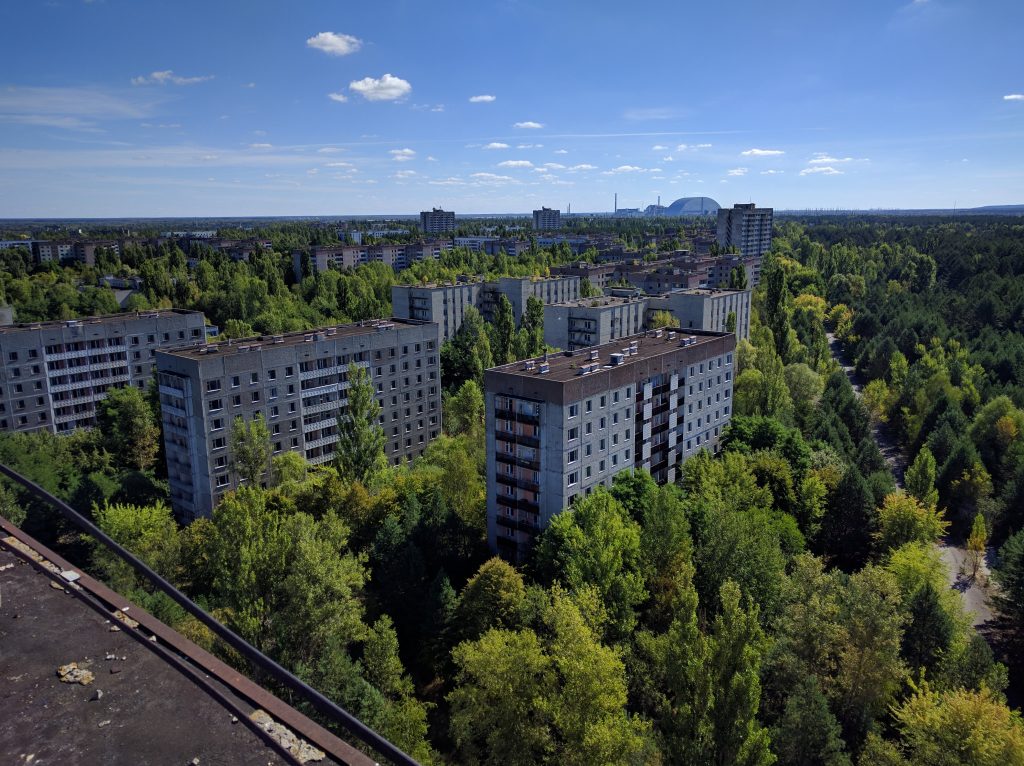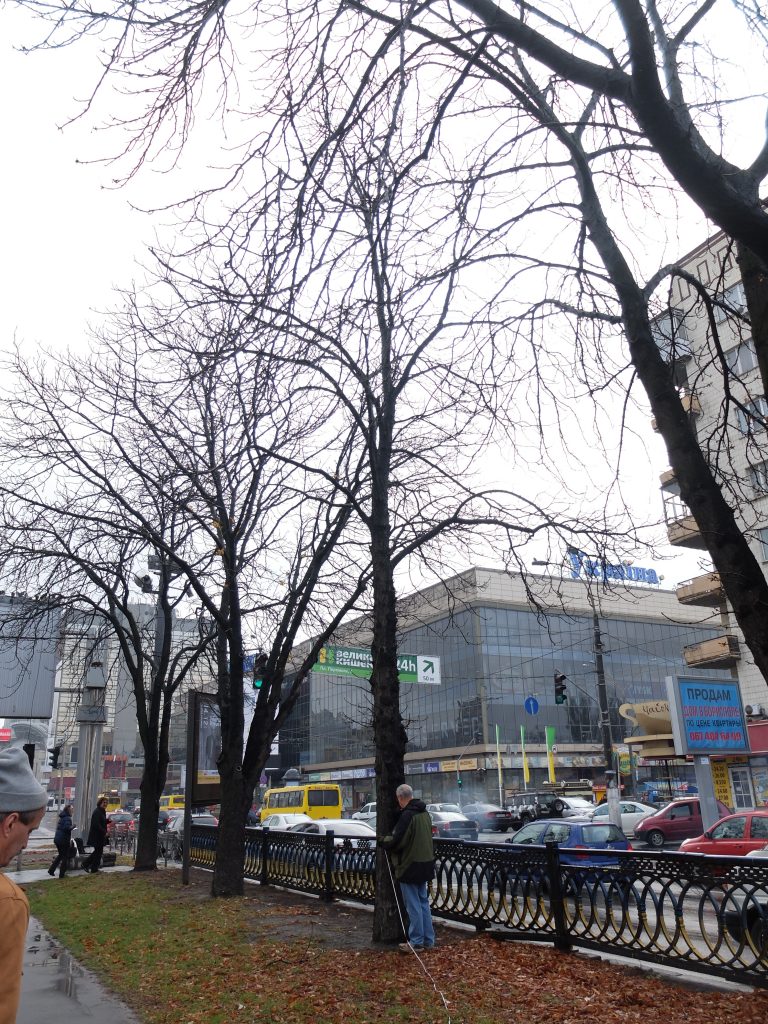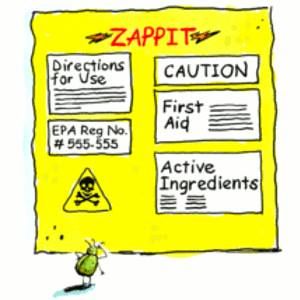Is it spring yet where you are? How can you tell? Here in the Southeast, we are well along the path to spring, even though the calendar says we are still in winter. I can tell by the daffodils, spring peepers, and migrating birds I see overhead. I know those of you farther north may not be seeing any signs of spring yet, with winter storms still moving through your states and lots of snow on the ground as well as frigid temperatures, but trust me, it is coming!

What is phenology?
I first heard the description of the onset of spring as the “green wave” in “The American Seasons”, a book by naturalist Edwin Way Teale. It refers to the northward movement of the appearance of the first green leaf on bushes and trees as warmer temperatures move north and the days get longer. I find it to be a very imaginative and effective way of visualizing how spring moves from south to north (in the Northern Hemisphere) over the course of the season. Phenology is the study of when specific biological and natural events occur, such as seeing the first green leaf of the year, watching your forsythia bloom, seeing your local lake freeze over, seeing sandhill cranes fly north on their annual migration, or watching your favorite tree reach peak color in fall. Many of you probably keep track of these occurrences in your own gardens and use them to compare the climate from one year to the next. But did you know that there is a whole group of dedicated observers who have done this over long time periods and recorded their data for others to see and use?

The National Phenological Network (NPN) is a group of dedicated citizen scientists and others who keep track of the yearly occurrence of when different indicators occur and report them to the NPN. Maybe some of you are part of this network! They have an excellent database on their website with information for many different species of plants and birds as well as other interesting phenomena. You can explore it in a number of different ways, including through time series and maps. It helps to know the Latin names for the species you are interested in because different species respond differently to the weather! I even used it a couple of weeks ago to help a film director determine how long he had to shoot a Christmas movie before the trees leafed out in Georgia (response: do it soon!).
Where is the green wave now?
One section of the NPN site shows the 2022 movement of the green wave north with time and how it compares to the long-term average conditions. This week’s map is shown below, with areas later than average highlighted in blue and areas that are earlier than average in red. You can see that while southern Florida was ahead of normal, the green wave slowed up quite a bit later in January and early February as colder temperatures covered a lot of the region. That has switched more recently, with warm temperatures across the southern Plains showing the green wave reaching there about four days earlier than usual. Spring is also early coming to large parts of the West Coast, which is currently experiencing much warmer than normal conditions in most areas. If your area is not colored yet, you are still in the depths of winter, but keep watching and spring will (I hope!) be coming soon. I don’t know of a similar product in other parts of the world, but if any of you know, please share the information in the comments.

What do phenological records tell us about climate change?
While our local records in the United States are only a couple of hundred years old at most, other parts of the world have much longer records. Last year, Japanese scientists released a graph showing the change in the peak bloom date of cherry trees in Kyoto, Japan, for the year 800 to the present. While there are a lot of ups and downs over time, the trend towards an earlier peak bloom in more recent years is unmistakable. Since 1912, the average peak bloom date for the cherry trees in Washington, DC, has also shifted forward from April 5 to March 31. Other records showing the warming of the world include migration patterns of birds, pollen counts from trees, and ice-off dates on lakes in colder areas. Glacial ice and sediment cores from lakes and the ocean can provide timelines of how local biological systems have changed over time periods going back thousands of years. Many scientists are worried about the long-term consequences of these changes since not all species are migrating at the same rate and so some animals, birds, and insects may outrun their main sources of food if they move north faster than the plants that feed them.

Phenological records are important for monitoring long-term climate change because the records go back in time much farther than instrumental weather records do. Even though blooms and leaves on plants respond to temperature and sunlight in a non-linear way because they integrate all of the influences into one observed piece of data, they can still provide very useful information about how the environment is changing over time. A really interesting related use of this information was described recently in a story showing that the meteor that ended the Cretaceous period 66 million years ago probably occurred in spring due to the remains of fish that died in the devastating massive waves in the Gulf of Mexico that occurred after the meteor hit. Scientists assumed that the fish died immediately following the impact, and used their bones to determine that the fish were early in their annual growing cycle. Similar work has used buried vegetation to trace past tsunamis in coastal areas that may have been linked to other asteroid impacts or earthquakes that occurred before history was written down.
Wherever you are, I hope you enjoy watching the change in the seasons and in the world around you as much as I do. In spring, every day is a new adventure in seeing what is changing and hoping for the summer to come. I encourage you to keep a diary or other record of what changes are occurring in your garden so that you can see for yourself how the climate is changing from year to year.













